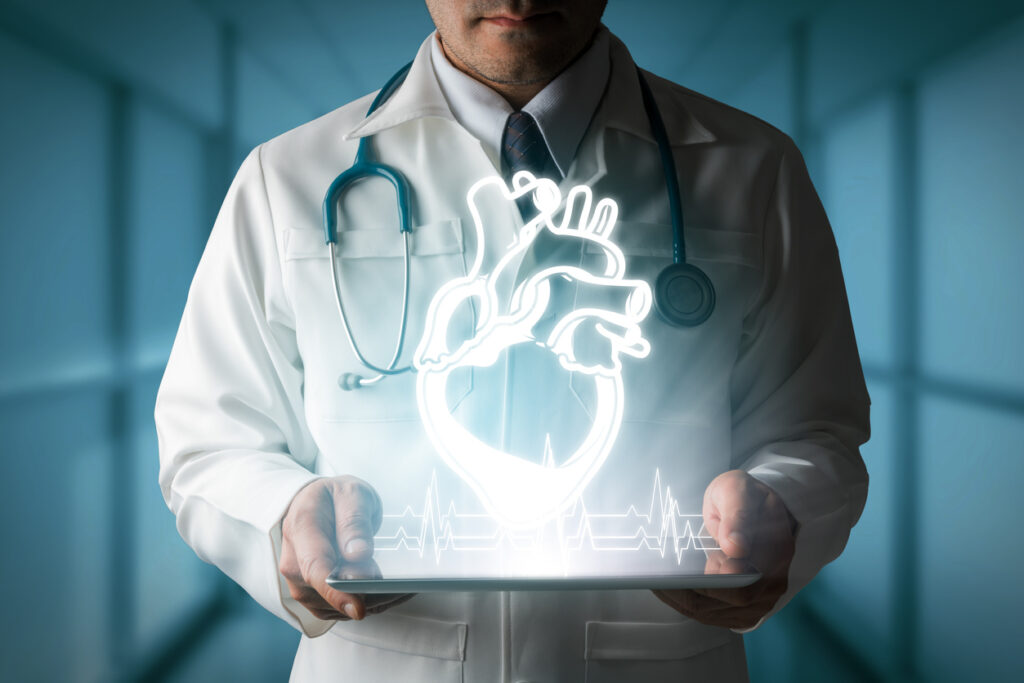FAQs
Your cardiologist may not have offered EECP treatment to you for several reasons, including your underlying health history and specific treatment plan. It’s not considered a first-line treatment for angina, even though it can decrease the need for common medications like nitroglycerin.
Treatment availability also may be a factor, because not all communities have accessible EECP equipment. Patient travel time can be a barrier to keeping appointments and completing the necessary full course of EECP treatment. EECP has become more common in the United States, though, and about 1,200 machines are now in operation across the country.
EECP treatment applies pressure to blood vessels in your lower limbs. The pressure increases blood flow back to your heart, so your heart works better. When your heart pumps better, symptoms ease.
This type of therapy can also encourage blood vessels to open new pathways for blood to flow to your heart. These pathways eventually become “natural bypass” vessels that help relieve symptoms of angina if your coronary arteries are narrowed or blocked.
Hundreds of thousands of people worldwide have received EECP therapy. This treatment relieves heart disease symptoms that can’t be controlled by medicine or treated with surgery.
EECP therapy does not require a hospital stay. You can return to your regular routine immediately after treatment. Alert your healthcare provider if you experience any side effects. Many people experience improved blood flow and reduced symptoms of angina for several years after treatment. In some cases, you may need another course of EECP therapy.



